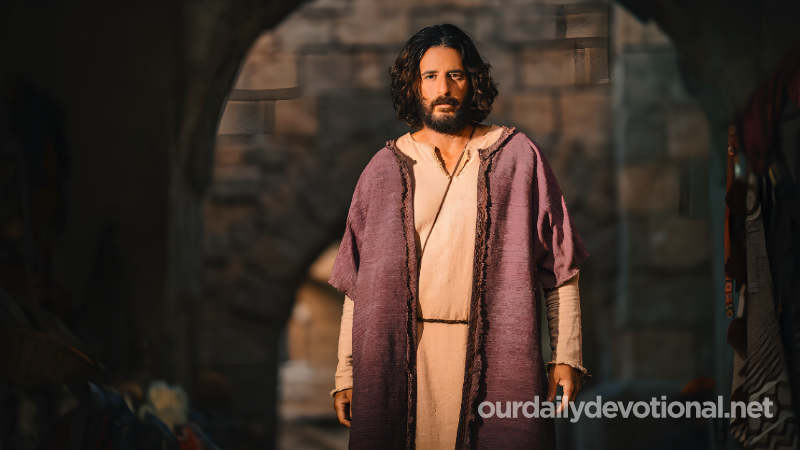Epistle of the imprisoned apostle Paul (Col. 4:3, 10, 18), probably written in AD 62, during his first 2-year captivity in Rome (Acts 28:30, 31).
Certain historians think that this epistle was written in Caesarea (Acts 23:35; 24:27).
Paul had never preached in Colossae, which is demonstrated by Col. 2:1. It appears, from Col. 1:7, that Epaphras had founded this church, or at least helped to establish it; it may have been founded while the apostle Paul was working in Ephesus (Acts 19:10).
Epaphras went to meet the apostle Paul (Col. 1:7), and the news he gave him caused him to write this letter. Tychicus was the messenger who brought it (Col. 4:7, 8); Paul also entrusted him with the letter destined for Ephesus (Eph. 6:21), written at the same time.
Onesimus, who accompanied Tychicus, carried the letter addressed to an inhabitant of Colossae, Philemon, to whom Onesimus had been a slave. Archippus, mentioned in Flm. 2 and in Col. 4:17, he was probably the son of Philemon.
The greetings (Col. 4:10-17) show that if Paul had not personally worked in Colosse, his friends had been active and had made him well known to certain Colossians. Philemon was one of his converts (Flm. 19); it is possible that he had been converted in the city of Ephesus.
The reports of Epaphras revealed to the apostle that false teachers were guiding the Colossians toward ritualism, asceticism, and vain philosophical speculations. These false teachers were Jews (Col. 2:11,16).
They were distinguished by their asceticism (Col. 2:16, 20-23), which they possibly received from the Jewish sect of the Essenes. They also professed a mystical philosophy (Col. 2:8) that apparently boasted of a transcendent knowledge of divine things (Col. 2:18).
They had even introduced the cult of angels (Col. 2:18), which threatened the all-sufficiency and supremacy of Christ. These seducers differed from the Judaizers whom Paul opposed in the Epistle to the Galatians.
They represented a new form of error and seem to have been, in some respects, the precursors of the Gnostics. They united with ritualism the tendency towards theosophy characteristic of Eastern thought, and these two errors demanded, for the apostle, an immediate refutation.
The Epistle to the Colossians is divided into 4 parts:
(a) Introduction and thanksgiving (Col. 1:1-8);
(b) doctrinal section (Col. 1:9-3:4);
(c) practical exhortations (Col. 3:5-4:6);
(d) final greetings (Col. 4:7-18).
The doctrinal part is extremely important; Paul begins with a prayer for the Colossians to increase their knowledge of God's will for a holy and fruitful life.
He then masterfully describes the preeminence of Christ, image of the invisible God, supreme Lord of the universe, and head of the Church.
Next, in chapter 2, confronting the propagators of error, the apostle presents the evidence of the fullness that believers have in Christ, having definitively triumphed over all his spiritual enemies.
He affirms to Christians that only union with Christ, through the baptism of the Holy Spirit and faith, will allow them to experience the fact of full salvation.
In response to the claims of asceticism, he exhorts them to practice a life in accordance with the demands of morality and social order. The theme of this epistle is essentially centered on Christ.
Paul reaffirms the doctrine of salvation taught in the preceding letters, but develops more fully the primacy of the person of Christ, and the complete sufficiency of his work.
The form and substance of the Epistle to the Ephesians and that of the Colossians give evidence of numerous points in common, although their differences are also notable.
The Epistle to the Ephesians, written at the same time as that to the Colossians, presents the apostle's message in greater detail.
Meaning of COLOSSIANS
Epistle of the imprisoned apostle Paul (Col. 4:3, 10, 18), probably written in AD 62, during his first 2-year captivity in Rome (Acts 28:30, 31).







